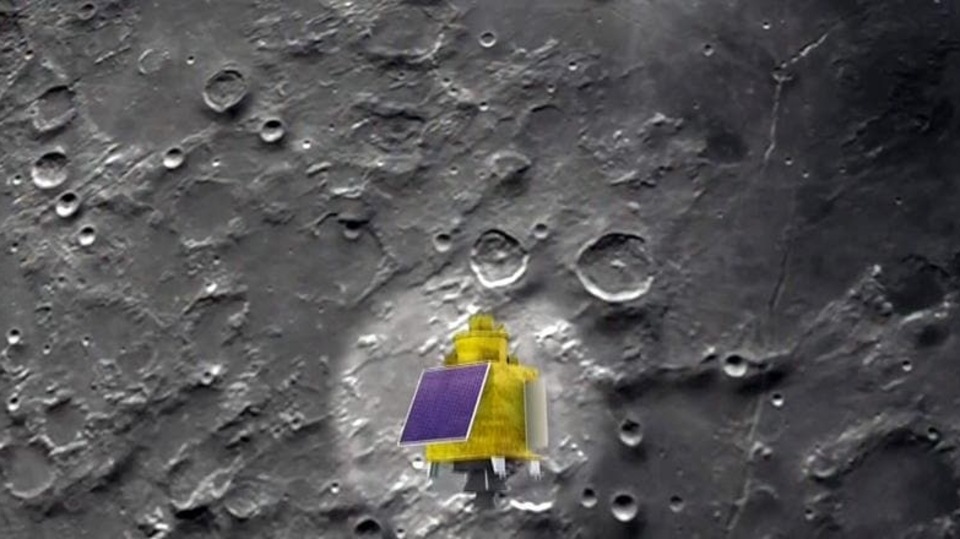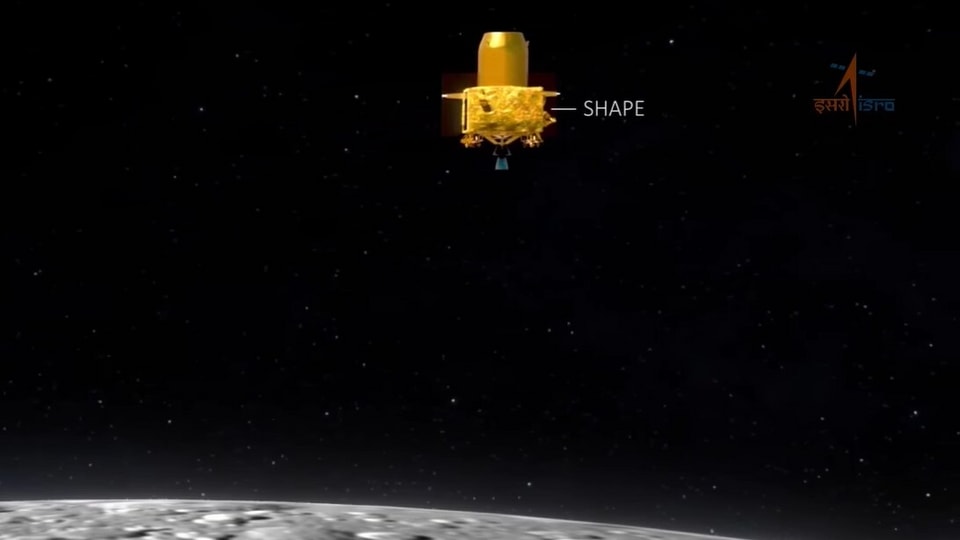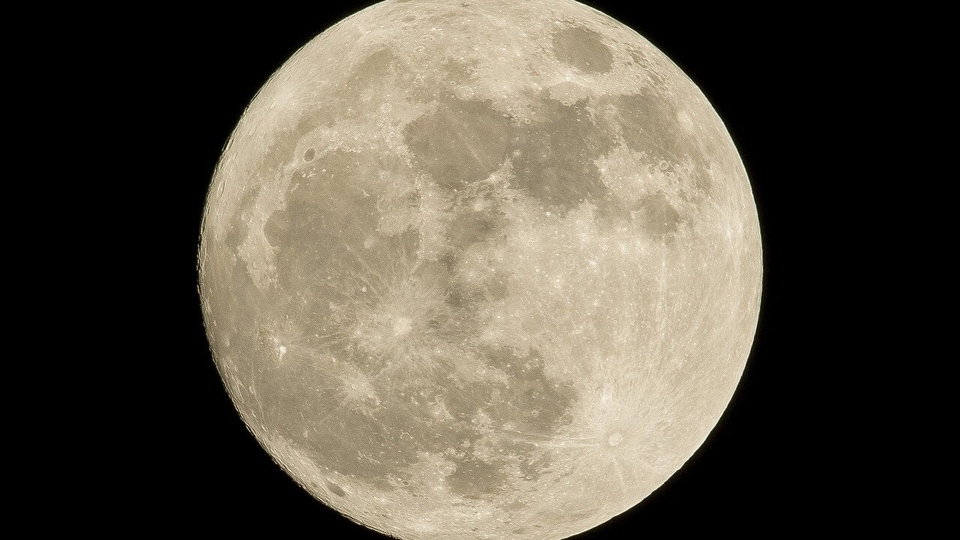ISRO's Chandrayaan-4 mission to unlock amazing new avenues for space research by India
ISRO is building on the success of the Chandryaan-3 mission with the Chandrayaan-4 mission and it will actually send four modules to the lunar south pole in search of water ice.






 View all Images
View all ImagesIn space exploration, where meticulous planning is the norm, objectives set the course for any mission. However, the Indian Space Research Organisation (ISRO) has recently demonstrated a remarkable ability to not only meet but exceed its mission objectives, especially with the Chandrayaan-3 mission.
There was a time when GSLV Mk II of ISRO saw 4 failures and 2 partial failures out of a total of 16 launches and cartoons depicted ISRO's efforts humorously, showing established space powers in an "ELITE SPACE CLUB" and a figure labeled 'INDIA' knocking at their door, accompanied by a bull. However, ISRO has dramatically reshaped its reputation. GSLV Mk III (renamed LVM3) is riding on the undisputed success of 7 out of 7 launches propelling India into the forefront of space-faring nations. One such achievement was the success of Chandrayaan – 3.
Launched with the primary objective of achieving a soft landing near the lunar south pole and conducting in-situ experiments, Chandrayaan-3 mission accomplished much more.
ISRO demonstrated the re-ignition capabilities of Vikram Lander engines during the HOP Experiment on September 3, 2023, followed by an even more impressive feat: retrieving the propulsion module from the moon's orbit and bringing it to Earth.
Also read: Chandrayaan-4 mission: How ISRO will bring Moon soil sample back to Earth
ISRO achieved this by first raising the module's orbit on October 9, 2023, from 150 km to 5112 km, and then expanding it to a range of 1.8 lakhs x 3.8 lakhs km on October 13. The propulsion module eventually escaped the moon's gravity by using the moon's gravity in well-orchestrated four moon fly-bys and was captured by Earth on November 22, when it was 1.54 lakhs km away from Earth.
Building on the success of Chandrayaan-3, Chandrayaan-4 mission is set to be ISRO's most ambitious lunar mission yet. This planned lunar sample-return mission comprises four modules:
- Transfer Module (TM): This module serves as the interplanetary transportation mechanism that carries the other modules from Earth's orbit to the Moon. It is equipped with the necessary propulsion and navigation systems to enter into and maintain a lunar orbit.
- Lander Module (LM): The Lander Module is responsible for the descent from lunar orbit to the Moon's surface. It is designed to make a controlled landing, minimizing impact and ensuring the stability of the lander for operations on the lunar surface. After landing, it serves as the launchpad for the Ascender Module to return to lunar orbit.
- Ascender Module (AM): After the Lander Module collects lunar samples, the Ascender Module's job is to take off from the Moon's surface with the collected samples. It must ascend from the Moon, re-enter lunar orbit, and dock with the Transfer Module. This module is equipped with a propulsion system capable of overcoming the Moon's gravity and performing rendezvous and docking procedures in space.
- Reentry Module (RM): This module is designed to bring the lunar samples back on Earth. The Reentry Module enters Earth's atmosphere, survives the heat of re-entry, and lands safely, preserving the integrity of the samples for study.
Also read: Chandrayaan-4 mission: Know how will ISRO execute this ambitious moon mission
Targeting a landing site near the lunar south pole, specifically near Shiv Shakti Point where Chandrayaan-3's lander touched down, the mission is designed to last one lunar day.
The mission will unfold in two phases. As per the updated launch profile, the first phase will see the launch of the LM, the AM, and the TM on an LVM3 rocket. After landing near the moon's south pole, the LM will use a robotic arm to collect lunar samples and transfer them to the AM. The AM will then lift off from the lunar surface and dock with the TM in lunar orbit.
In the second phase, the TM will receive the lunar samples from the AM and transfer them to the RM. The Re-entry Module will be launched onboard PSLV. After this transfer, the AM will undock, allowing the TM+RM composite to begin its return journey to Earth. The RM, designed to survive atmospheric re-entry, will then return the lunar regolith to Earth for analysis.
The Chandrayaan-4 mission, involving intricate maneuvers such as module docking in lunar orbit and precision landing, represents a significant technological leap for ISRO. The lunar regolith's analysis could deepen our understanding of the moon's formation and evolution. The presence of water ice at the lunar south pole could also have significant implications for future lunar missions, including the establishment of lunar bases.
(By Manish Purohit.
The author is an accomplished Solar Energy and Spacecraft Solar Panel Expert with extensive experience in managing critical space missions including Chandrayaan 2 and Mangalyaan. His expertise in solar panel fabrication, technology implementation, and cost-effective solutions has been pivotal in advancing space exploration and solar energy initiatives.
Twitter: @purohitmanish)
One more thing! We are now on WhatsApp Channels! Follow us there so you never miss any update from the world of technology. To follow the HT Tech channel on WhatsApp, click here to join now!
Catch all the Latest Tech News, Mobile News, Laptop News, Gaming news, Wearables News , How To News, also keep up with us on Whatsapp channel,Twitter, Facebook, Google News, and Instagram. For our latest videos, subscribe to our YouTube channel.































